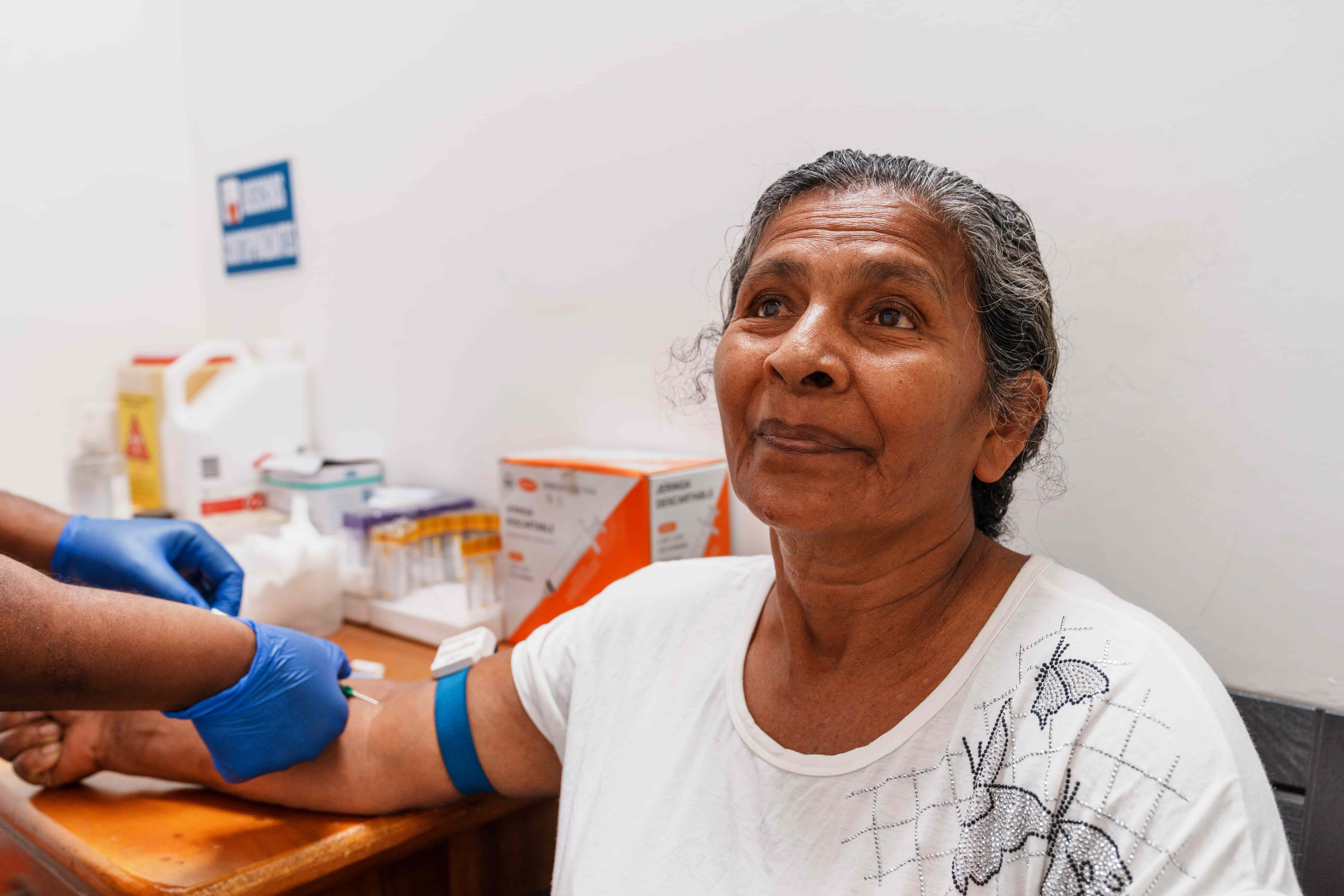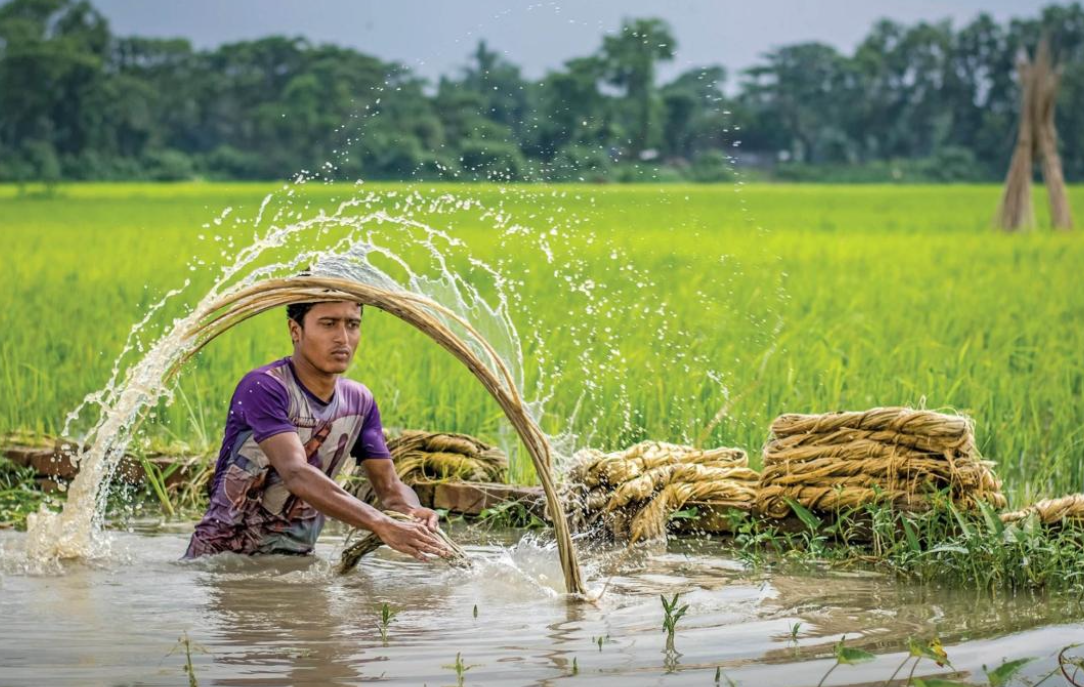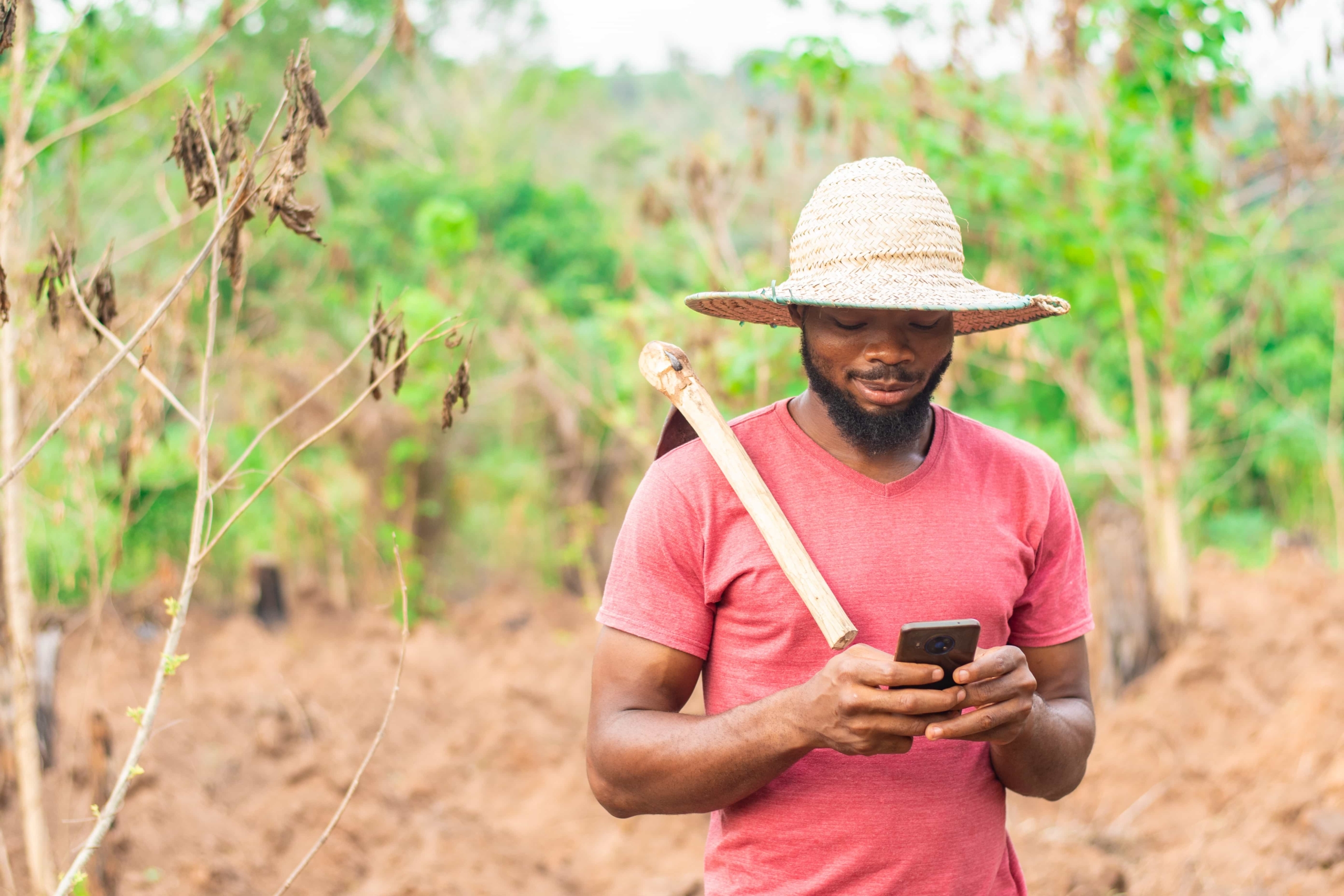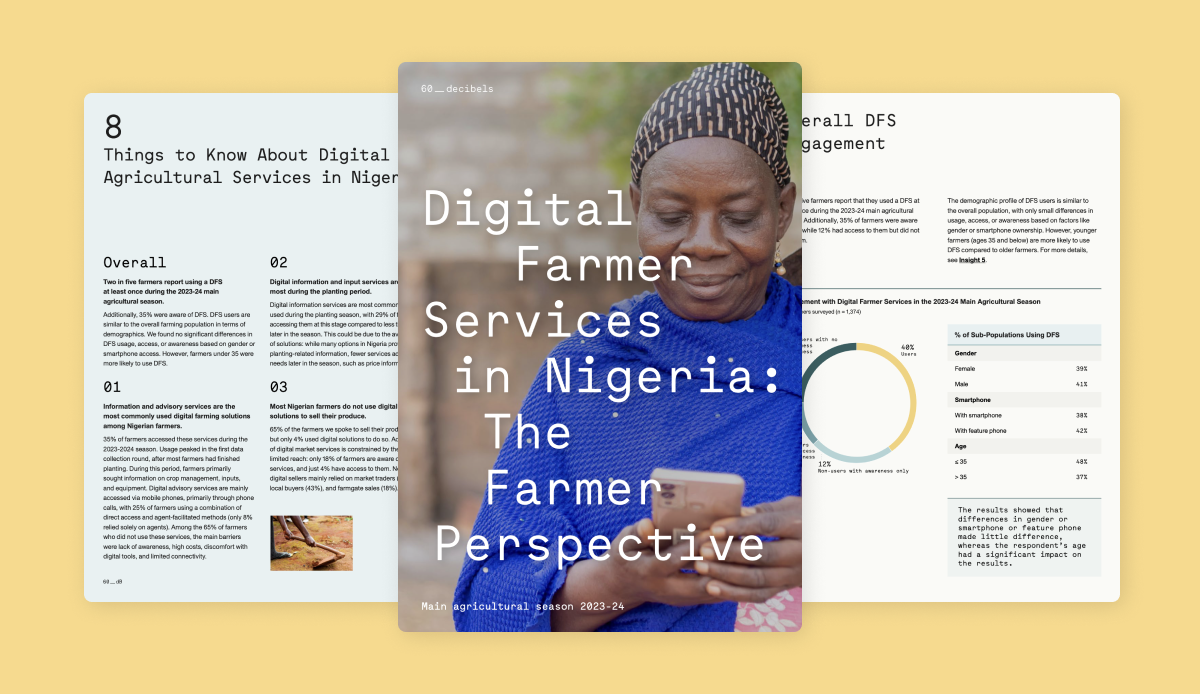
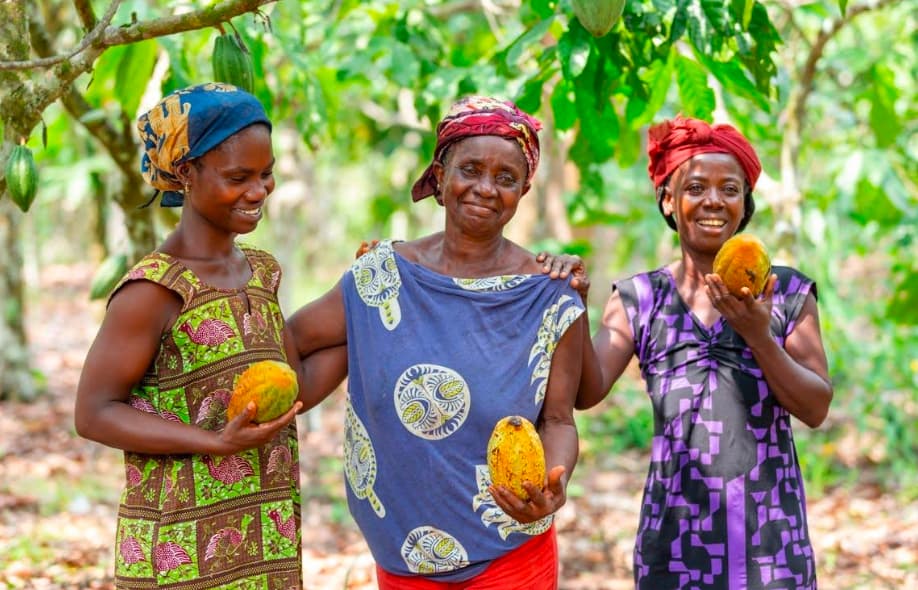
From Cocoa Waste to Community Wealth: Koa’s Fresh Take on Farmer Impact in Ghana
Context: Smallholder cocoa farmers in Ghana (and across West Africa) contend with volatile bean prices, rising input costs, and increasingly erratic weather. With most households relying on a single harvest for income, even modest additional earnings—like payments for cocoa pulp—can significantly boost day-to-day stability and long-term resilience.
Who is Koa?
Koa is a Ghanaian-Swiss company working directly with small-scale cocoa farmers in Ghana to create additional income streams by processing cocoa pulp—typically a discarded byproduct of cocoa harvesting—into juice, powder, and concentrates. These products are sold into the food and beverage industry, reducing agricultural waste and contributing to more sustainable supply chains.
By purchasing the cocoa pulp directly from farmers, Koa is helping farmers earn more from the same crop. In 2023, Koa launched a new factory in Achiase, Ghana. As they scale, they partnered with 60 Decibels to better understand how their operations are impacting the farmers they work with.

What We Did
We spoke to 290 farmers supplying pulp to Koa’s Achiase factory. The interviews, conducted by our trained researchers, captured firsthand perspectives on income, quality of life, resilience, and overall satisfaction with Koa’s offering.
The goal: to generate quantifiable insights that reflect farmers’ lived experiences—and identify where things are working well or need adjustment.
Top Insights
1. Farmers Are Experiencing Tangible Improvements in Their Lives
96 % of farmers say their overall quality of life has improved since supplying Koa. For most, this is tied to an increase in income.
Koa offers a new revenue stream by purchasing cocoa pulp in addition to the beans farmers traditionally sell. Despite a notable rise in cocoa bean prices during the study period—September 2023 to June 2024—70% of farmers said they saw an increase in their total profits due to pulp sales to Koa. On average, farmers earned an additional GHS 534 (~$35) over the two cocoa seasons. Though modest compared to bean income, this additional amount is timely and impactful.
2. Pulp Income Supports Stability, Investment, and Climate Resilience
The earnings from Koa aren’t just additional—they’re enabling farmers to plan better and become more resilient.
95% of farmers said their ability to plan their finances has improved due to their work with Koa, and 94% said their ability to invest in their farms has increased. When asked what they use their additional income for, the most common responses included paying for farm labor and purchasing inputs
Because Koa pays same-day, farmers are able to reinvest the money immediately—boosting productivity and giving them greater control over their finances.
Crucially, many of these farmers face climate-related risks: two-thirds reported experiencing a climate shock in the past two years. Among those affected, the majority said that Koa helped them recover—suggesting that this added income stream plays a role in building climate resilience.
3. The Benefits Extend Beyond the Farm
Koa’s impact reaches into the home. Farmers report being better able to support their households, with 29% saying they use their additional income to buy food—a direct contributor to their improved quality of life.
Importantly, 83% of farmers say their level of stress about meeting their family’s basic needs has decreased thanks to the additional income from Koa.
While most farmers say children in their households do not work on the farm, among those who do, many report that children are spending less time working since partnering with Koa. With improved financial security, they’re now able to hire laborers and prioritize education, reinforcing positive outcomes for the next generation.
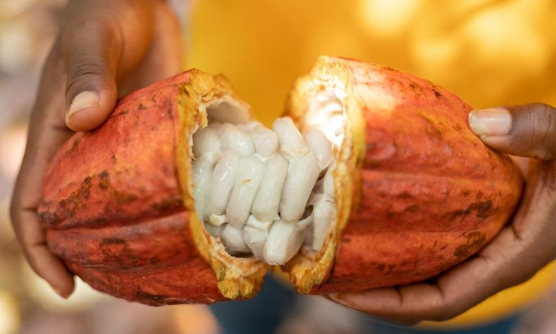
Why It Matters
Koa’s work isn’t just about creating a new product—it’s about building a more equitable and circular cocoa economy. The results show that their model is doing just that: delivering tangible value to farmers, while unlocking a once-overlooked resource. At the same time, feedback from farmers points to practical steps—like better scheduling and processing logistics—that can make the model even stronger.
As Koa scales up, the voices of the farmers they work with will remain central to their growth. We’re proud to help elevate those voices.
